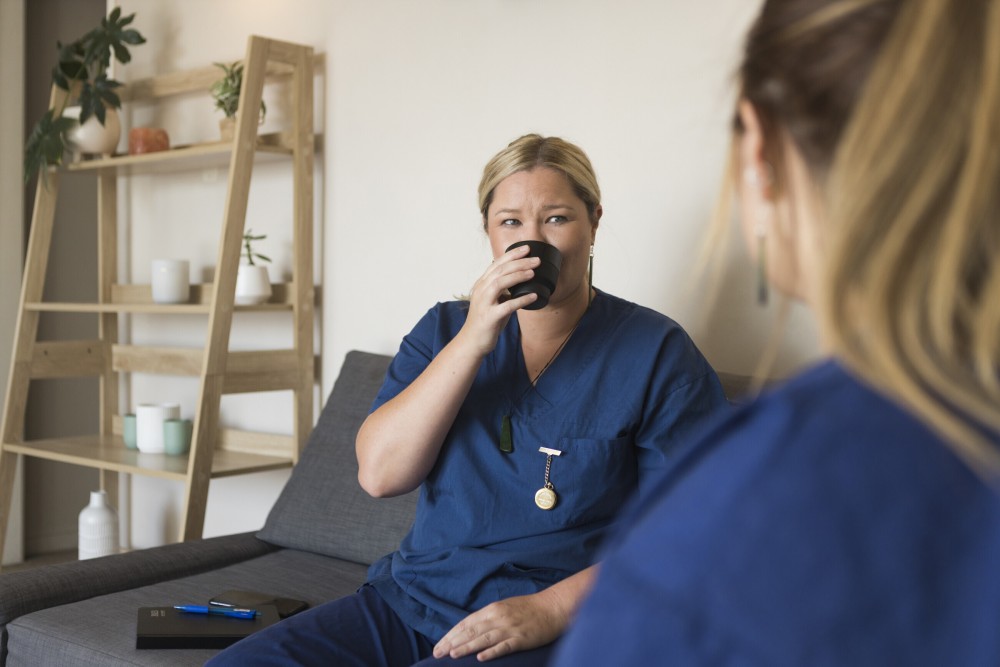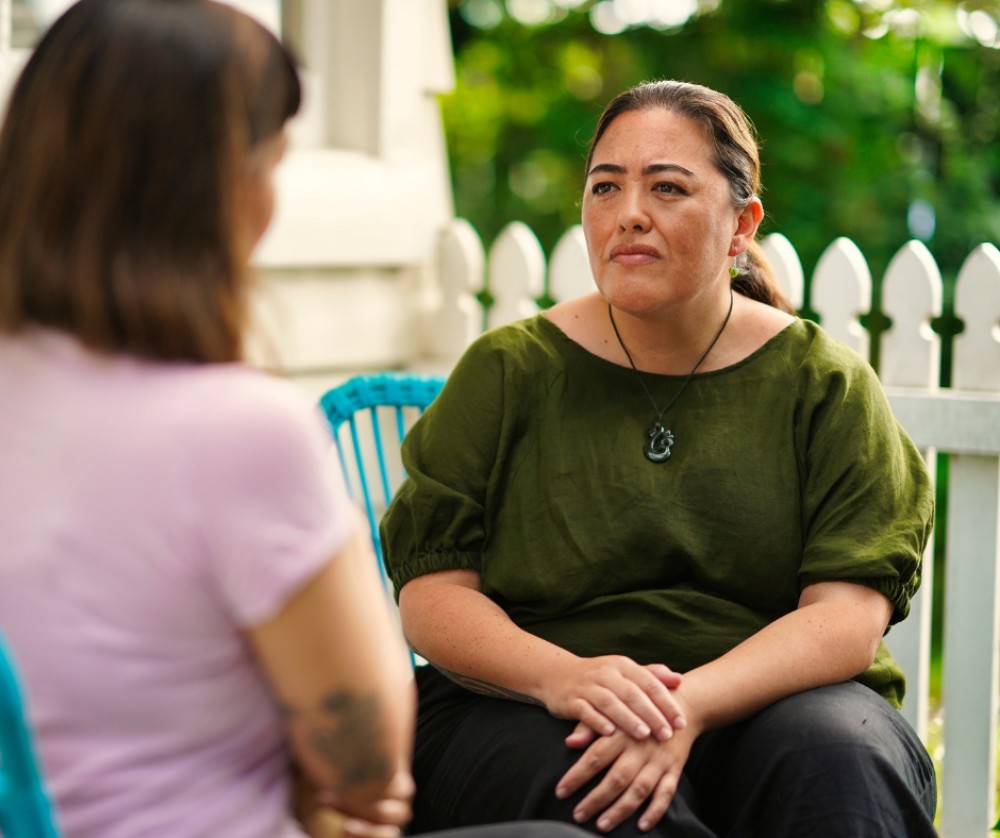Te Toka Tumai recognised that seclusion wasn’t reducing workplace violence overall. While some thought it may help reduce the risk of imminent violence, feedback from tāngata whaiora and consumer advisors suggested that whaiora often felt increased resentment, frustration and anger after a seclusion episode, leading to a compromised rapport between whaiora and kaimahi (staff) providing care.
To help turn the tide, the unit’s leadership team created a workplace violence prevention action plan and drew on a kete (toolkit) of staff and tāngata whaiora-focused key actions. These simple, yet highly effective tools and techniques were designed to improve wellbeing and address consistent feedback from tāngata whaiora about boredom and monotony contributing to dissatisfaction and sometimes, incidents happening.
For example, people in the unit’s care can now take part in various activities and programmes after hours, such as cultural groups, kapa haka, guitar lessons and baking classes. What’s more, both staff and whaiora found the simple, quick wins — like offering sensory modulation kits, sprucing up the environment or providing massage chairs — made a massive difference. Medication could also be used to reduce distress, but only through a best-practice, evidence-based model — not as the default option.
It’s hard to overstate the importance of services working together to reduce seclusion. The Zero seclusion initiative has opened the door for shared learnings on a national level, notes Millar. That’s why, for instance, Te Toka Tumai’s Charge Nurse for the Te Whetu Tawera Inpatient Unit's ICU (or intensive care unit) visited three other ICUs to discuss key insights and findings — what works and what doesn’t — all with the common goal to reduce the use of seclusion.



